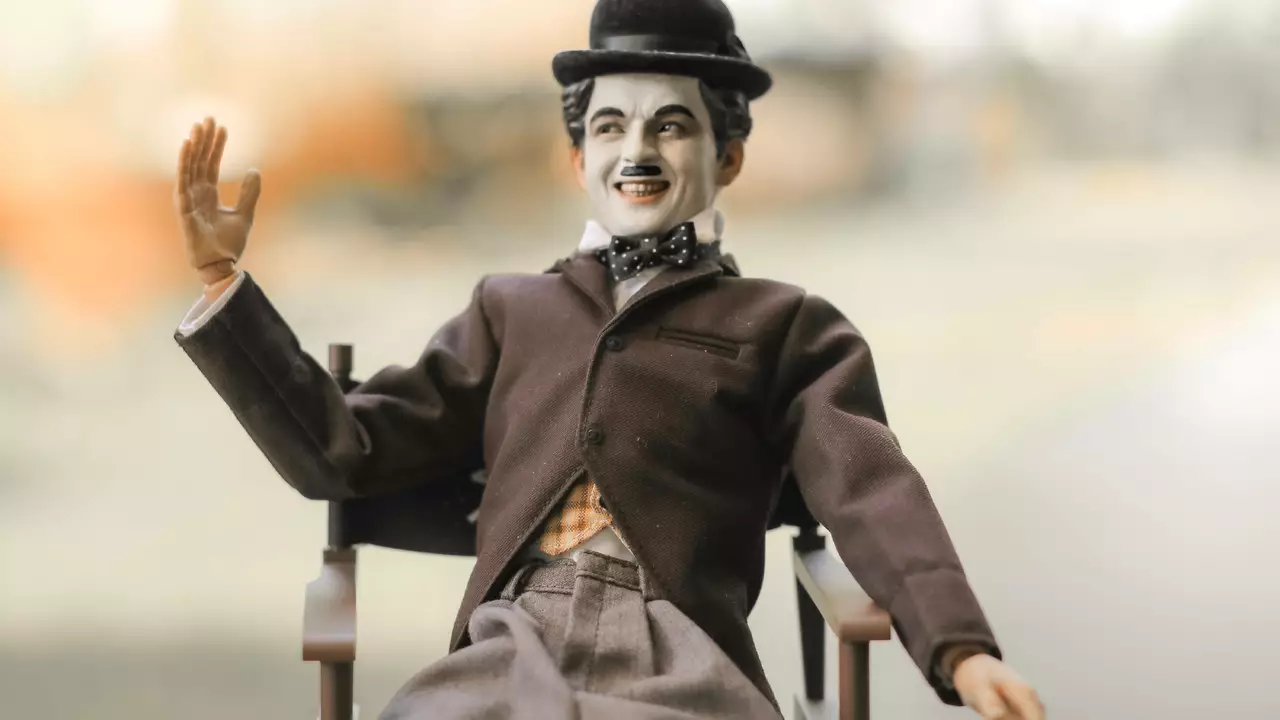Did Charlie Chaplin do the moonwalk?
 Jul, 20 2023
Jul, 20 2023
The Origins of the Moonwalk
Before we delve into the topic of Charlie Chaplin and the moonwalk, it's important to understand the origins of this iconic dance move. The moonwalk, as we know it today, is most commonly associated with Michael Jackson, who debuted the move during a live solo performance of "Billie Jean" in 1983. However, the history of the moonwalk is much older and far more complex than many people realize.
The moonwalk, or the backslide as it was originally known, can be traced back to the 1930s, when it was performed by tap dancers in vaudeville shows. It was also seen in the performances of Cab Calloway, who was known for his eccentric and often gravity-defying dance moves. The moonwalk as we know it, however, was popularized by Michael Jackson, who added his own unique flair to the move.
Charlie Chaplin's Connection to the Moonwalk
Now, how does Charlie Chaplin fit into this narrative? Well, Charlie Chaplin, the iconic English comic actor, filmmaker, and composer, is known to have performed a move similar to the moonwalk in one of his films. In the film "The Gold Rush," released in 1925, Chaplin performs a dance routine where he appears to be gliding backward, much like the moonwalk. However, it's important to note that this was a comedic routine and not a dance move per se.
The scene in question sees Chaplin's character, The Tramp, entertaining two women by doing a dance with two dinner rolls. In the course of this routine, he does a move where he slides backward in a manner reminiscent of the moonwalk. This has led some to believe that Chaplin was, in fact, the originator of the moonwalk.
The Differences Between Chaplin's Move and the Moonwalk
While there are striking similarities between the move Chaplin did and the moonwalk, there are some key differences as well. The first and most obvious difference is the context in which the moves are performed. Chaplin's move was part of a comedic routine, intended to make the audience laugh. The moonwalk, on the other hand, is a dance move, intended to impress and entertain the audience.
The second difference lies in the technique. Chaplin's move involves a backward slide, but it lacks the smooth, continuous motion that characterizes the moonwalk. In the moonwalk, the dancer gives the illusion of walking forward while actually moving backward. This illusion is created by the smooth, continuous movement of the feet. Chaplin's move, while similar, does not create this illusion.
Was Charlie Chaplin the Originator of the Moonwalk?
Given these differences, can we really say that Charlie Chaplin was the originator of the moonwalk? The answer is complex. It's clear that Chaplin did a move that bears a resemblance to the moonwalk long before Michael Jackson made it famous. However, the move Chaplin did was not a dance move, but a comedy routine. Furthermore, the technique used in Chaplin's move is different from the technique used in the moonwalk.
While it's possible that Chaplin's move might have influenced the development of the moonwalk, it's more likely that the moonwalk evolved independently, influenced by a variety of sources including tap dance and the performances of artists like Cab Calloway. Therefore, while Chaplin's contribution to the history of the moonwalk is fascinating and worth noting, it would be inaccurate to say that he was the originator of the move.
The Legacy of Charlie Chaplin and the Moonwalk
Regardless of whether or not Charlie Chaplin was the originator of the moonwalk, his contribution to the world of entertainment cannot be understated. Chaplin was a pioneer in the film industry, whose innovative techniques and unique comedic style have left a lasting impact on cinema.
As for the moonwalk, it remains one of the most iconic dance moves of all time, synonymous with Michael Jackson and his unparalleled contributions to music and dance. The moonwalk, like Chaplin's films, has transcended cultural and generational boundaries, and continues to captivate audiences all over the world.
